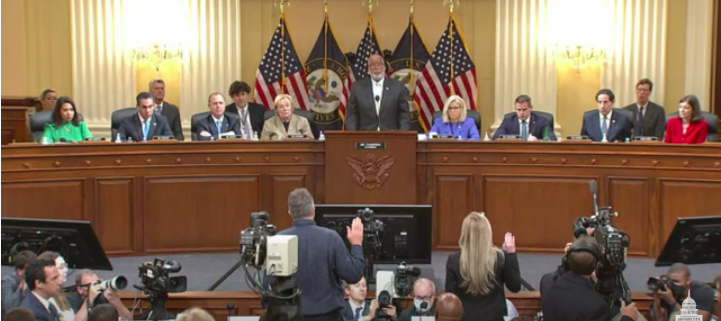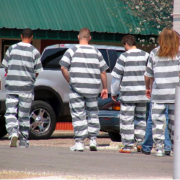Why is the Committee to investigate the January 6th attack holding televised hearings now?
In any public performance or activity there are always stated and unstated objectives. After a year of hearings, most behind closed doors, last week the House Select Committee to Investigate the January 6th Attack on the United States Capitol started to hold their televised public hearings.
This prompts a number of questions, but two of the most important ones are why are the hearings being held in this manner and why now?
To begin with the committee is governed by Rule XI of the Rules of the House of Representatives, that allows public hearings. But it is up to this body to determine when and how this will occur. And here is now.
The more interesting issues are the stated and unstated reasons for the televised public hearings and the timing of the same.
But keep in mind two things:
First, the committee primarily has a fact finding purpose. It does not have the power to charge any one they believe are conspirators or co-conspirators to the events leading up the January 6, events. But they have subpoena power and have been using it. All the documents and testimony that the committee has collected can and will be handed over to the Department of Justice (DOJ). It will be up to Attorney General Merrick Garland to go forward with any further investigations and DOJ prosecutors to lay charges.
Second, the hearings, regardless of the findings, format and timing, are not going to convince the Maga cult that former President Donald Trump, and his inside circle broke the law. Many of them believe that the “election was stolen,” don’t really understand the constitution, nor criminal law, and a significant number of them believe that the Jan 6th insurrection was a legitimate act of political violence.
Although the committee may be using the televised public hearings to prepare and warn the American public about the seriousness of the information uncovered and recommended criminal charges, having public televised hearings now may be designed with other objectives in mind including:
1. Wrapping things up in a bow and provide a more consistent and accessible message to their audience
Over the past year the public has been given snippets of information related to the work of the committee that has been released both by the committee and through the news media. But in the minds of the public this information is a garbled mess and needs to be organized into a narrative so that the public can best understand how the pieces are linked together.
2. Capitalizing on the current attention spans of their audience
This month may be the best time to coherently present the findings of the committee to individuals who are interested in its work. This constituency may have a brief window in their attention spans to better pay attention to the committees’ messaging. Their children have finished (or are completing) the spring semester, and it’s a few weeks before they begin their summer plans if they have any. Meanwhile congress and the senate will go into recess, and legislators will go back to their constituencies and try to convince the uncommitted to vote for them.
3. Appeasing Democratic Party loyalists who have been critical of the process
Over the past year a number of well-respected ostensibly Democratic Party stalwarts, including the Lincoln Project have criticized the committee. The most important criticism has been a perception that the committee is going too slow.
4. Signaling the Department of Justice that they will be holding them accountable for carrying the ball once the information is handed over to them
Once the information gathered by the committee has been given to the DOJ, they cannot simply go through the motions. If they do not do a thorough investigation, lay appropriate criminal charges, and start prosecutions, not only will Garland be criticized but so will Biden. After all, he has the responsibility for managing the DOJ.
5. Stressing the importance of electing Democratic candidates in the upcoming November elections
In five months the United States will ostensibly face one of the most important elections since November 2020. The Dems desperately want to hold on to the seats they have both in the house and the senate and if possible gain a few more seats that are in precarious jurisdictions (ones likely to shift).
For individuals who have been closely monitoring the activities of the committee, the public televised hearings will probably not provide any new revelations, but they should give insights on the inside workings of this political body, and their rhetorical strategy.











